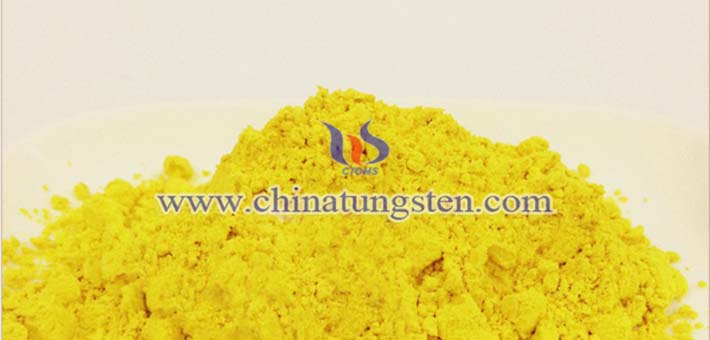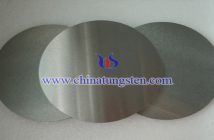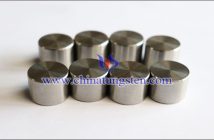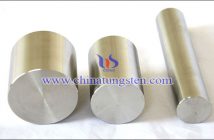Yellow tungsten oxide nanopowder, which is also known as tungsten trioxide, can be applied for preparing electrochromic film and then be assembled into an electrochromic smart glass. The energy saving effect of such electrochromic glass is better than that of the low-e glass, the experts said. But do you know about the energy-saving effects of electrochromic glass and low-e glass?
More details, please visit:
http://www.tungsten-powder.com/tungsten-oxide.html

A study by Lawrence Berkeley National Laboratory for climatic conditions in the United States shows that in the eastern, southern and western parts of United States, in most climatic conditions, compared to low-e glass, commercial buildings using electrochromic glass can reduce primary energy consumption by 10-20% when the window-to-wall ratio reaches 0.6, and corresponding energy peak demand is reduced by 20%-30. %. If the market usage rate of electrochromic glass reaches 40% in 2030, energy consumption of 96.5-102.5x10^12 kJ can be saved compared to low-e glass. This means that electrochromic smart glass such as tungsten oxide electrochromic glass has significant energy saving effect and has broad application prospects.




